Everyone sees things with different perspectives. Likewise in photography, the feeling adopted by each captured subject matter varies between people. We got three creative professionals to capture and share their unique creative perspectives through photography, while celebrating how photography can tell stories with any subject matter, point of view and style. If any of these styles featured tickle your facny, we've also included some quick tips to get you started - read on and get inspired!
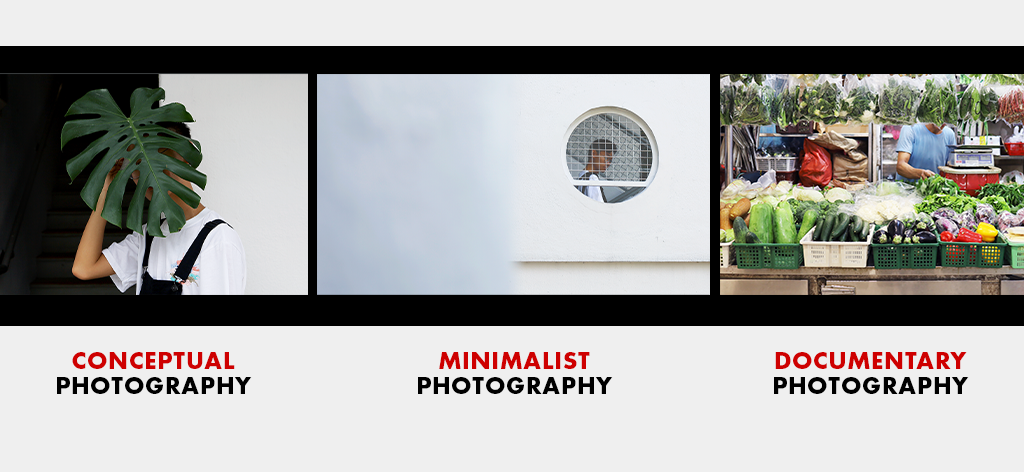
Henry Lim, Digital Writer: Conceptual Photography
To an amateur photographer like Henry Lim, capturing a scene isn’t about waiting for the right moment (unlike wildlife or sports photography). Henry sees photography as a process that requires staging, conceptualising, working with ideas and a whole lot of experimenting to achieve the desired results.
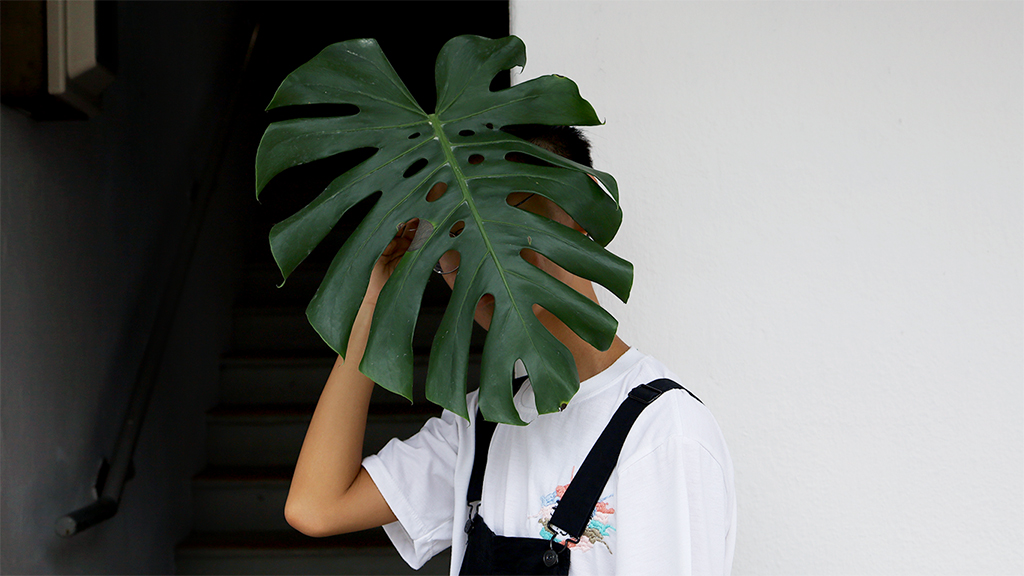
EOS RP, RF35mm f/1.8 Macro IS STM, f/4.5, ISO 100, 1/200sec, 35mm
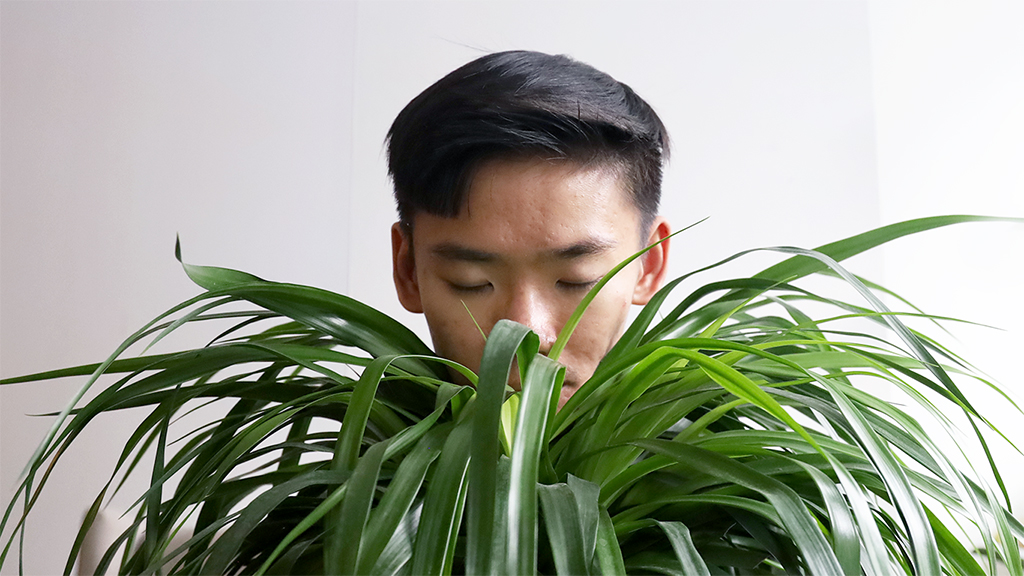
EOS RP, RF24-105mm f/4 L IS USM, f/4.5, ISO 3200, 1/60sec, 29mm
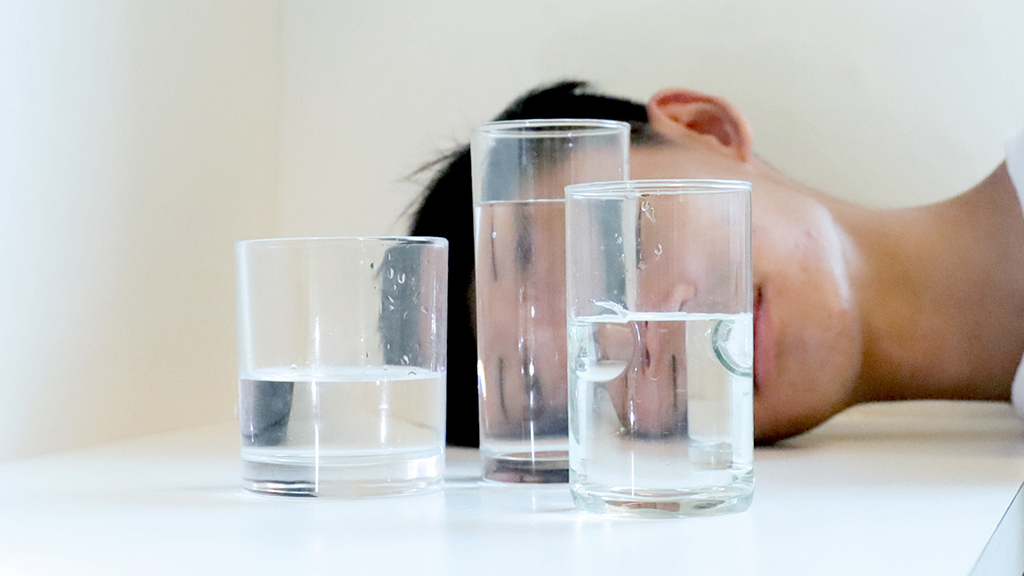
EOS RP, RF24-105mm f/4 L IS USM, f/4.0, ISO 6400, 1/800s, 29mm
Each of the 3 photos was derived from a different idea, had their own story, and were executed independently:
- Using the leaf’s unique shape and patterns to reveal and hide parts of the human face.
- The use of an everyday house plant for a wacky photoshoot was used to resemble metamorphosis
- The distorted facial features captured through the simple use of glass and water
Read more on the basics of conceptual photography, tips and tricks and using emotions and elements in your photoshoot.
Seah Yun Ting, Art Director: Documentary Photography
Art director, Seah Yun Ting, takes to the streets to capture her love for human interaction. In this mini-series, she explores a wet market in a bid to capture its everyday activities and interactions between the stall owners, customers, and products. She describes her style as documentary photography, but unlike the usual black-and-white option, she believes that keeping the colours make those captured moments even more treasured.
As documentary photography is used to preserve a significant moment in history, Yun Ting explains that her reason for photographing wet markets was because of its diminishing trade in Singapore.

EOS RP, RF35mm f/1.8 Macro IS STM, f/2.8, ISO 400, 1/85sec, 35mm

EOS RP, RF35mm f/1.8 Macro IS STM, f/2.8, ISO 500, 1/500sec, 35mm
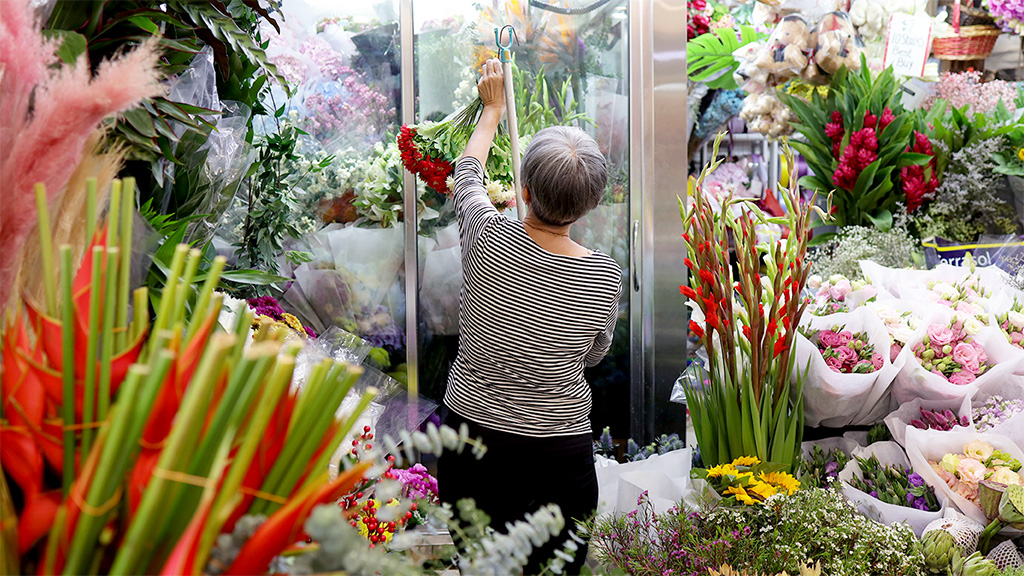
EOS RP, RF35mm f/1.8 Macro IS STM, f/3.2, ISO 800, 1/125sec, 35mm
Planning your first photoshoot? Here’s what you should bring in your travel camera bag.
Rhonda Wong, Graphic Designer: Minimalist Photography
A clean aesthetic is how Rhonda perceives the world through the camera lens. Minimalist photography often utilises no more than three different mixes of colour, eliminates any unnecessary elements, and keeps the overall photo clean and distinguished through simplicity - which can often be elevated through stunning compositions, lighting and the understanding of complementary colours.
This simplicity is often One common photography genre that utilises minimalism is architectural photography. You can read the guide to minimalist photography in architecture here.

EOS RP, RF35mm f/1.8 Macro IS STM, f/3.5, ISO 100, 1/125sec, 35mm
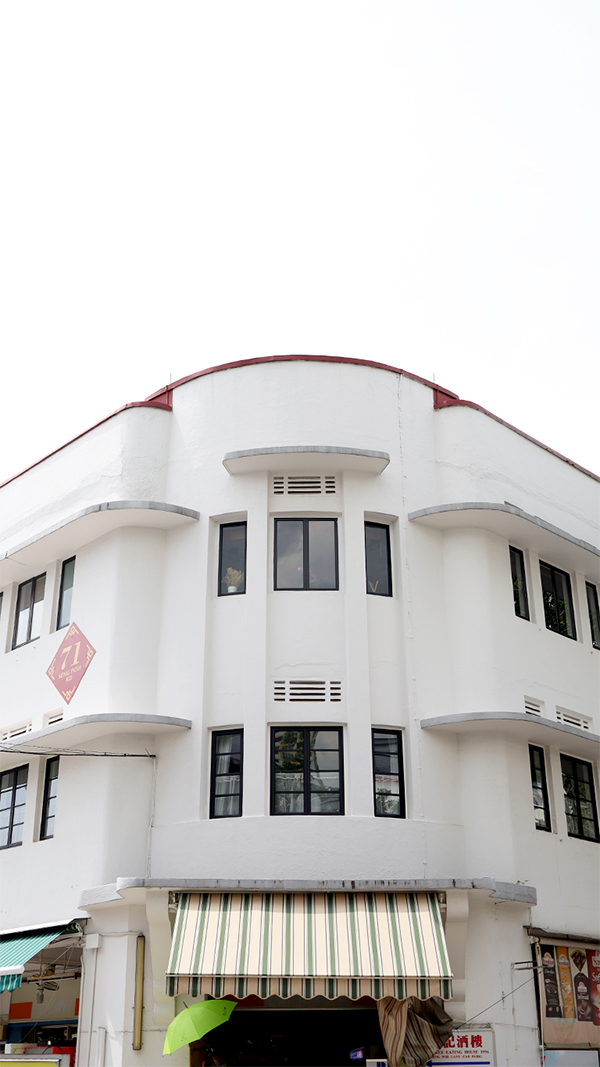
EOS RP, RF35mm f/1.8 Macro IS STM, f/3.2, ISO 100, 1/800sec, 35mm

EOS RP, RF35mm f/1.8 Macro IS STM, f/4.5, ISO 100, 1/200sec, 35mm
For composition-related topics, read more here: Centre and symmetrical composition techniques, diagonal composition and the Rule of Thirds.
Practice makes perfect and it takes time to find your photography style, subject and niche. Be experimental and ask for advice to further hone your technical and creative skills. If you’re thinking of setting up a digital portfolio (like an Instagram account), read on to how you can create your Instagram aesthetic here!
































.jpg)
.jpg)



